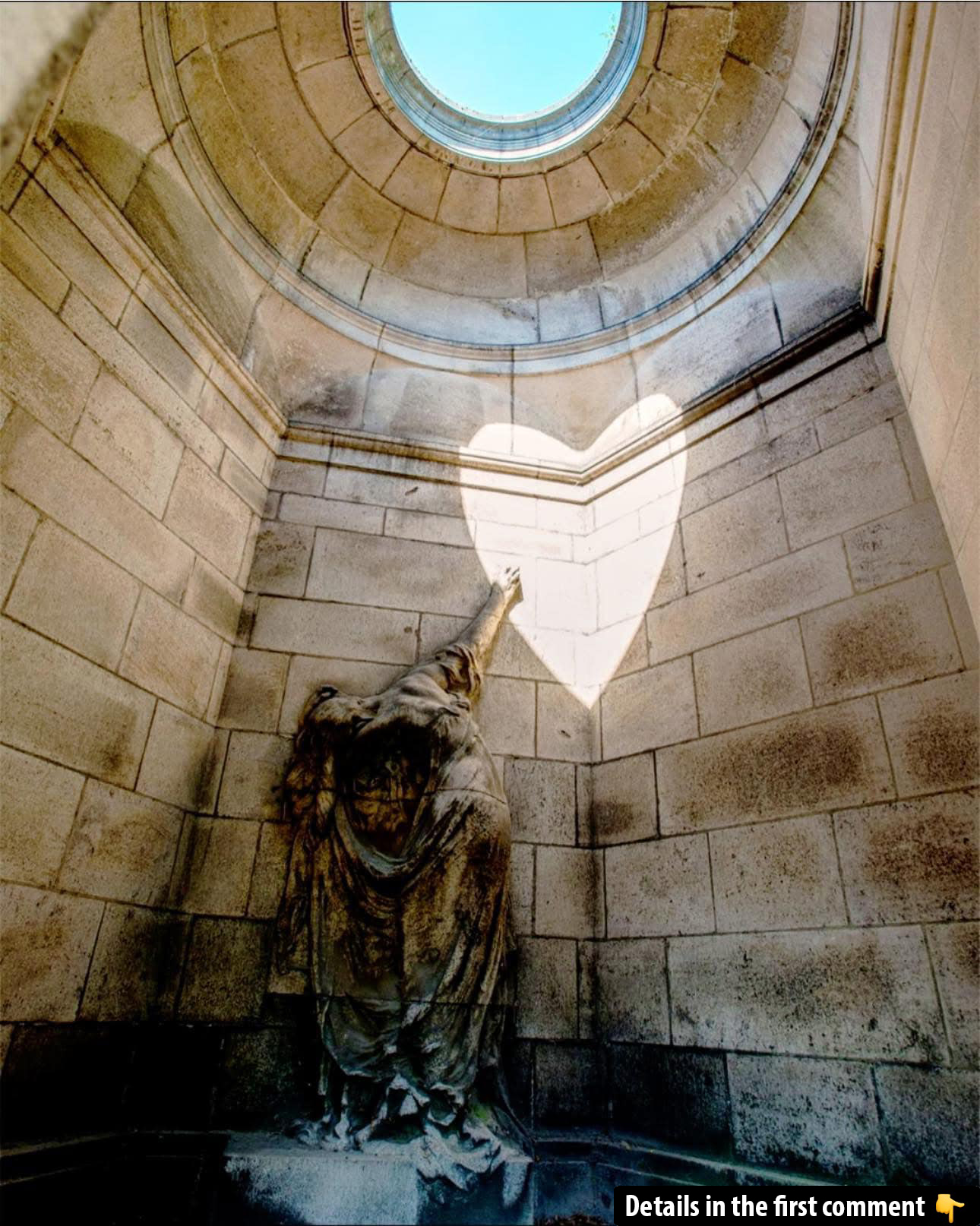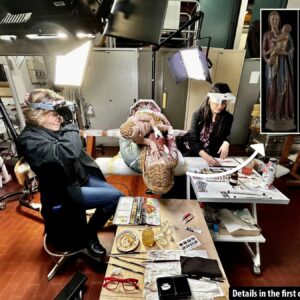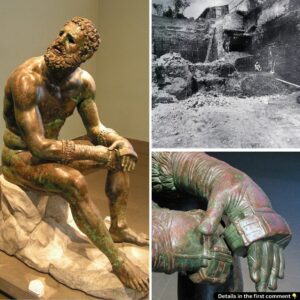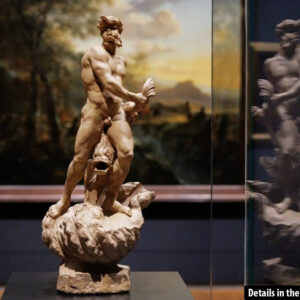Nestled in the heart of Brussels, the Laeken Cemetery stands as one of the city’s most significant and fascinating historical landmarks. As the oldest cemetery in the Brussels-Capital Region, it holds not only the remains of prominent figures but also the stories, architectural wonders, and innovations that reflect centuries of change in the city. From the famous funerary galleries to the royal family’s crypt, Laeken Cemetery offers a rare and serene glimpse into Brussels’ past, providing both a spiritual space and a vital historical archive. This cemetery is much more than just a place of burial; it is a testament to the city’s evolution, architectural ingenuity, and cultural richness.
The Historical Significance of Laeken Cemetery
Laeken Cemetery is a cherished part of Brussels’ heritage, standing as a monument to the city’s evolution. Established as one of the oldest burial grounds in the Brussels-Capital Region, it has witnessed a multitude of historical events. Situated near the Royal Castle of Laeken, the cemetery holds deep ties to the Belgian royal family, whose members have been laid to rest in the crypt, creating a lasting connection between the royal lineage and the city. Over the years, it has also become the final resting place for several notable figures who contributed to Belgium’s cultural, political, and artistic development.
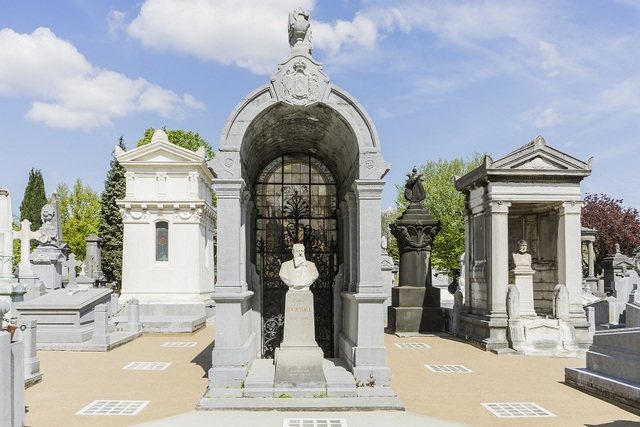
Laeken’s role as a historical site is more than just symbolic; it reflects the urban development and changing burial practices of Brussels. The transition from churchyard burials to more expansive public cemeteries like Laeken marks a significant shift in the city’s approach to death and remembrance.
Video
Watch the video to explore Laeken Cemetery in Brussels. It’s unlike any cemetery you’ve seen before, with fascinating architecture and history!
The Funerary Galleries: A Marvel of Innovation
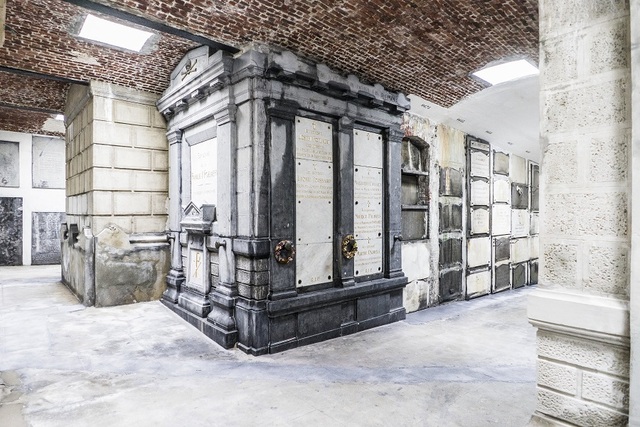
One of the most unique features of Laeken Cemetery is the series of funerary galleries, which were designed by Emile Bockstael in 1875. These underground structures, which were inspired by similar burial sites in Italy, Spain, and Portugal, marked a groundbreaking shift in how cemeteries could address growing burial demands. In 1876, Bockstael, then an alderman in charge of public works, proposed the creation of an underground network to accommodate the expanding population of Laeken and the increasing number of burials. The first of these galleries was completed in 1878, with six others soon following.
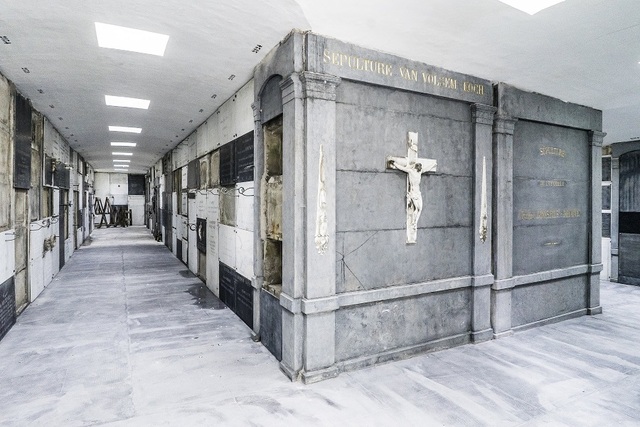
The galleries are remarkable for their scale and engineering. Covering a vast area of over one and a half hectares, the underground passages span 300 meters and house the remains of more than 4,000 people. The underground galleries remain a rare and striking feature in Belgian cemetery architecture, reflecting both the practical concerns of urban planning and the artistic flourishes of the time. Listed as a protected site in 1997, these galleries continue to be an integral part of Laeken Cemetery’s appeal, drawing visitors with their eerie yet awe-inspiring design.
Monuments and Memorials at Laeken Cemetery
In addition to the funerary galleries, Laeken Cemetery is home to several extraordinary monuments that honor the individuals interred there.
Emile Bockstael: Architect of the Funerary Galleries

Among the most notable is the monument dedicated to Emile Bockstael, the visionary behind the cemetery’s underground galleries. His burial place is marked by two monuments—one underground, a simple plaque bearing his name and that of his wife, and another above ground, which features a blue stone bust of Bockstael set against a stained-glass window. This monument, designed by the sculptor Pierre Theunis and artist Louis de Contini, is a beautiful blend of symbolism and artistry, with mythological motifs and scenes of putti that reflect themes of life and death.
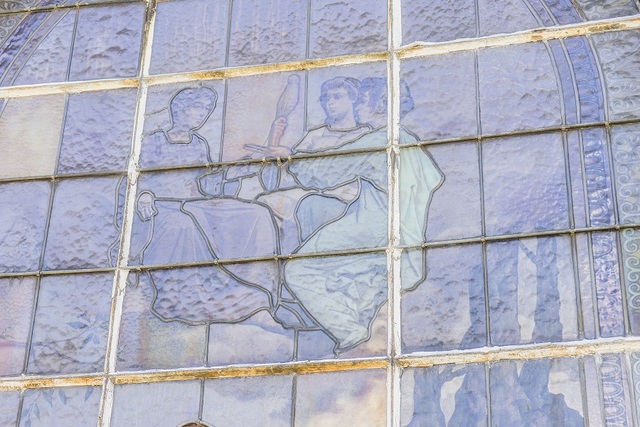
Léonce Evrard: A Tribute to Eternal Love
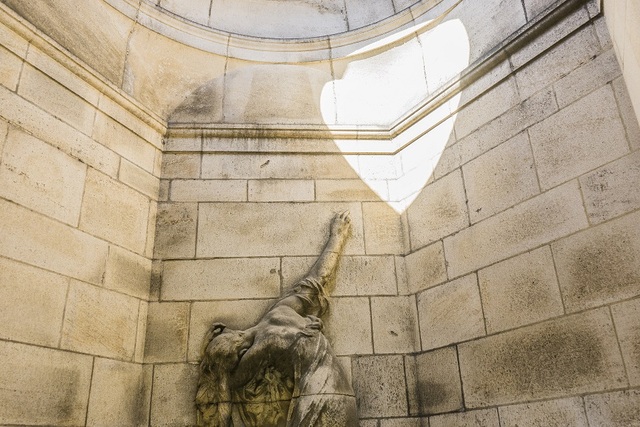
Another poignant memorial at Laeken is the monument to Léonce Evrard, who commissioned the structure in memory of his beloved wife, Louise Flignot. The monument, which creates a heart-shaped pattern when the sun aligns perfectly at the summer solstice, is a powerful symbol of eternal love. The inclusion of a mourner lifting her hand toward this “eternal” heart adds an emotional depth to the monument, making it one of the cemetery’s most romantic and touching tributes.
The Thinker: A Reflection on Life and Death
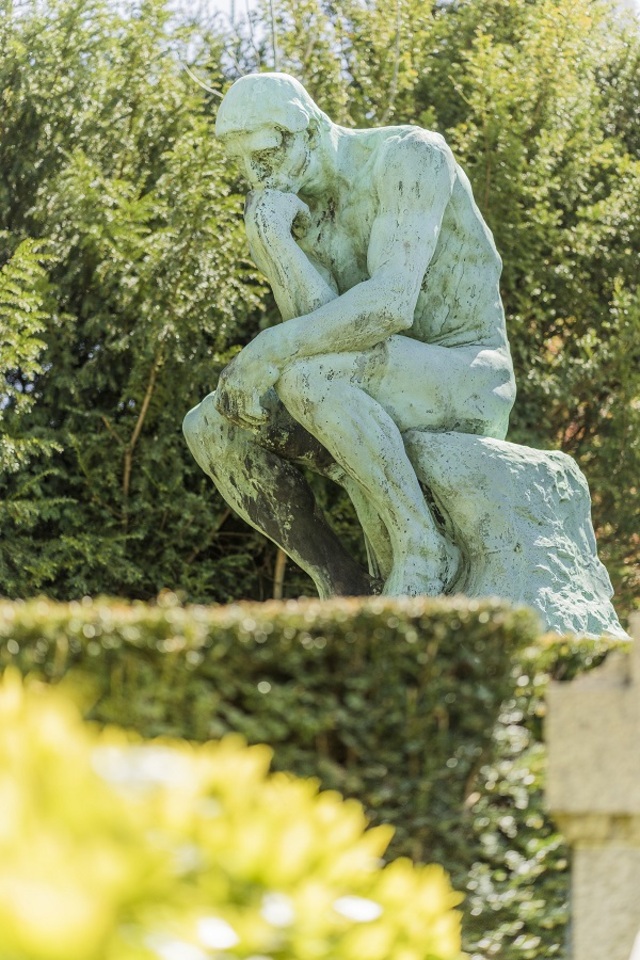
Perhaps one of the most intriguing sculptures in Laeken Cemetery is “The Thinker,” a statue that holds a special place in both art history and the cemetery’s collection. Originally acquired by antiques dealer Jef Dillen, who wished to be buried beneath it, this version of Auguste Rodin’s famous sculpture is thought to be an early prototype. Dillen’s widow bequeathed the statue to the city upon his death, ensuring its preservation and adding a piece of world-renowned art to Laeken Cemetery.
The Evolution of Brussels Cemeteries
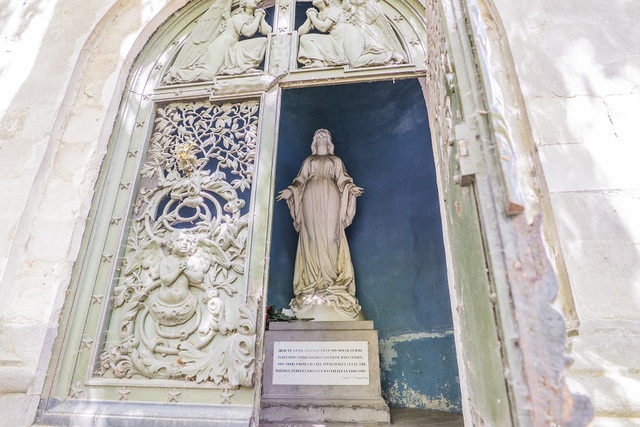
The history of Laeken Cemetery cannot be fully appreciated without understanding the broader context of burial practices in Brussels. During the Middle Ages, burials were primarily the responsibility of the Church, with the clergy and nobility often interred within church sanctuaries while common folk were laid to rest in churchyard cemeteries. However, as the city grew and the population expanded, the need for more space and better sanitary conditions led to significant changes.

Emperor Joseph II’s decree in 1784, which prohibited burials near churches, marked the beginning of modern cemetery planning. This decree forced the closure of many smaller burial sites and led to the creation of new cemeteries on the outskirts of cities. Laeken, however, remained an exception, as it continued to serve as the primary cemetery for the area surrounding the royal palace.
In 1804, Napoleon further centralized cemetery management under civil authorities, paving the way for more elaborate and permanent burial sites. During this period, families began to construct extravagant memorials and mausoleums for their loved ones, a trend that continued throughout the 19th century, particularly in Laeken, where aristocrats and wealthy citizens sought to be buried near the royal family.
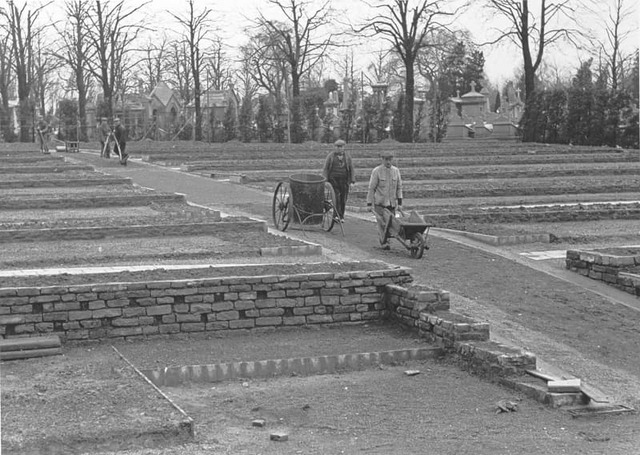
Famous Figures Resting in Laeken Cemetery
Laeken Cemetery is not only known for its architectural wonders and historical significance but also for the distinguished individuals who rest there. Most notably, members of the Belgian royal family are interred in the cemetery’s crypt, where they have been laid to rest for generations. The royal connection lends the cemetery a sense of gravitas and importance, as it continues to be a place where both Belgian citizens and visitors come to pay their respects.
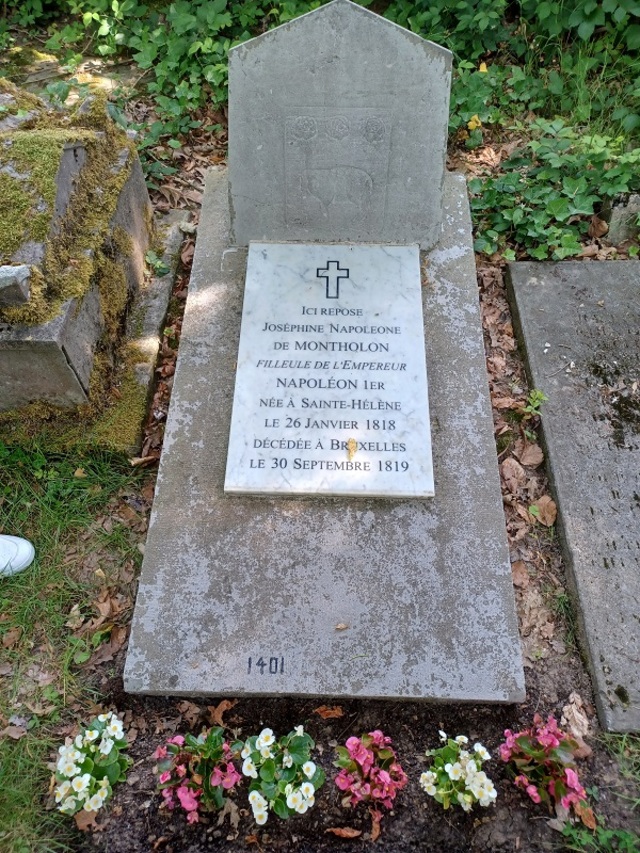
In addition to the royal family, Laeken Cemetery is the final resting place of many notable figures from various fields, including the arts, politics, and science. Among those buried here are musicians, writers, and diplomats who have left an indelible mark on Belgian culture.
Visiting Laeken Cemetery: A Peaceful Reflection on History
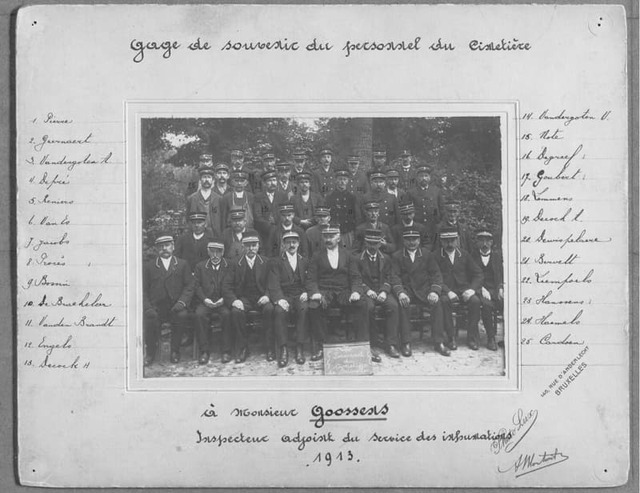
Visiting Laeken Cemetery offers more than just a chance to honor the dead; it provides an opportunity to reflect on the rich cultural and historical tapestry of Brussels. With its serene atmosphere, stunning monuments, and fascinating history, the cemetery serves as both a memorial and a museum. Guided tours are available for those who wish to delve deeper into the cemetery’s history, and the peaceful grounds provide a welcome respite from the bustling city life.
Visitors are encouraged to respect the tranquility of the site, which is not only a burial ground but also a cultural and historical landmark. The City of Brussels offers practical information to help visitors navigate the cemetery, ensuring that all can appreciate its beauty and significance.
Conclusion: Preserving the Past for Future Generations
Laeken Cemetery stands as a living testament to the history of Brussels, blending architectural ingenuity with cultural and historical depth. From the remarkable underground galleries to the exquisite monuments and the royal family’s crypt, the cemetery serves as a place of remembrance, reflection, and reverence. As it continues to honor the past, Laeken Cemetery remains an essential part of Brussels’ heritage, preserving the stories of the people who shaped the city for generations to come.
Video
Check out the video to explore the largest WWII German war cemetery in Europe, featured in Traveling To History Episode 7. This poignant site offers a somber look at history.
